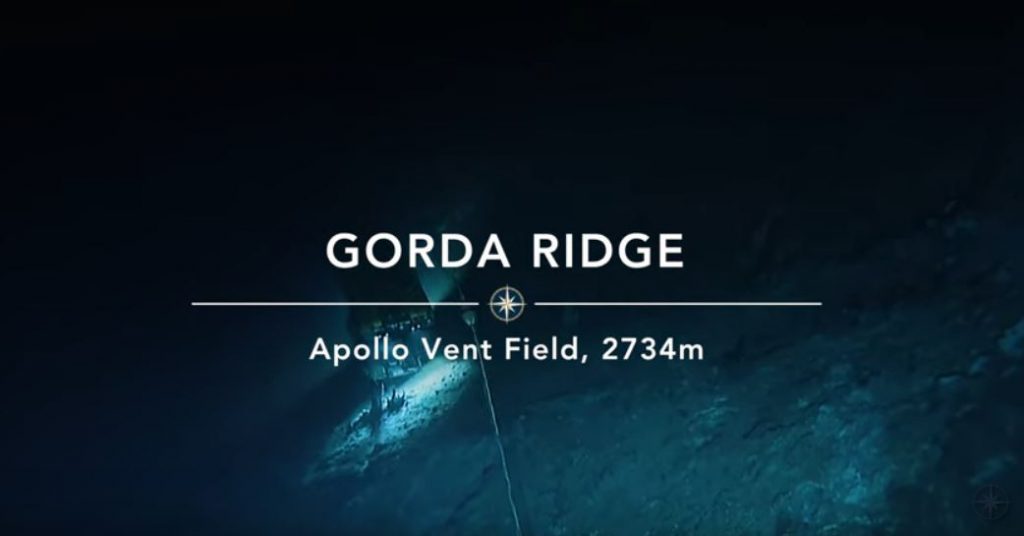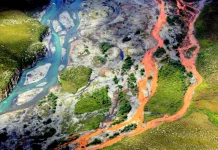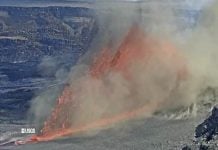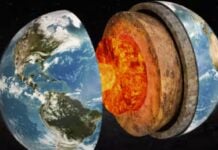A newly discovered abnormal hydrothermal vent discovered 120 kilometers (75 miles) off the west coast of America could help researchers find life on oceanic worlds beyond our own.
The new Apollo Vent Field was found at Gorda Ridge, an underwater volcanic zone around 2,700 meters (8,900 feet) below the surface of the ocean off Oregon’s coast.

It’s believed that this area shares key characteristics with other ocean planets, and could help us understand the conditions that might make microbial life possible here, according to the members of SUBSEA.
The mysterious find
Researchers found the novel field by looking at high-resolution bathymetry data of Sea Cliff, another hydrothermal field in the Gorda Ridge region.
When the Sea Cliff hydrothermal field was discovered it was a big deal because it wasn’t what scientists had expected; hot water was coming up a couple of kilometers from where the heat should have been highest and doing so in an orientation that didn’t match major faults in the area.
From their estimates, they were able to find the best potential for other hydrothermal vents.
“Our discovery of Apollo is really important because it provides a point of comparison to Sea Cliffs and helps us to answer questions about why these hydrothermal fields are there, where else we could look for them, and how they influence habitability in extreme environments on Earth and potentially other Ocean Worlds,” research lead Shannon Kobs Nawotniak said.

Nawotniak notes that her team isn’t sure just how different Apollo is from Sea Cliffs and her team plans to process geochemical and biological samples from both in order to determine key characteristics.
“The maximum temperatures of the water emanating from the chimneys was very similar, as was the scale of the ridges formed, but Apollo lacked the large tubeworm colonies and octopus hatching grounds of Sea Cliffs. That could point to a significant difference between the sites, or it could just be a coincidence,” she explained.

Different kinds of hydrothermal systems
Both Sea Cliffs and Apollo are different than other hydrothermal white or black smoker systems, which are named for the material precipitating from their plumes and making the water look like smoke pouring from chimneys. Rather, these two emit clear fluid at around 300°C, said Nawotniak, noting that only about 5 percent of the ocean’s floors have been explored “in any detail.”
“We have better maps of Mars than we do of the sea floor, and there is just so much that is unknown about our ocean floors that it’s hard to comprehend,” she added.
The Apollo hydrothermal field, named in honor of the 50 anniversary of the Apollo 11 Moon landing this July, “provides a concentrated area of energy, nutrients, and water, all things required by life as we know it, in an extreme environment,” said Nawotniak.
Hydrothermal fields are excellent analogs for studying how life might evolve on other ocean worlds, though Nawotniak points out, in their case at least, the search for extraterrestrial life is for microbes, not “little green men.”












